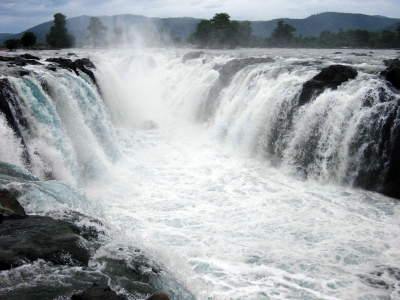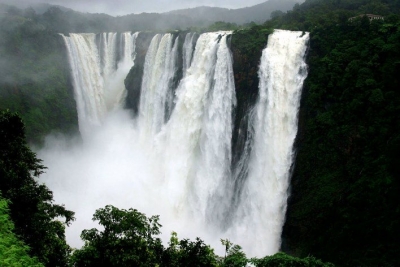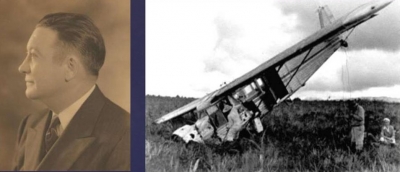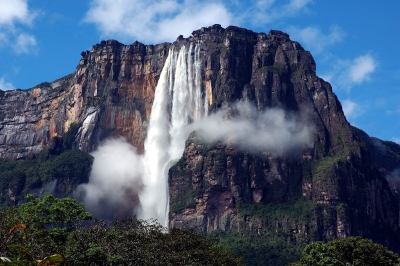The Zamberi river is situated on the border of which two countries?
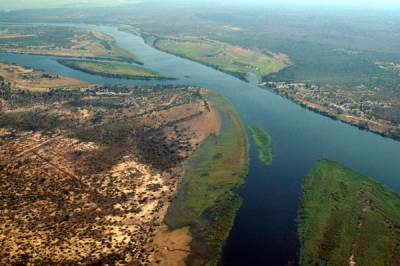
The 2,574-kilometre-long river (1,599 mi) arises in Zambia and flows through eastern Angola, along the north-eastern border of Namibia and the northern border of Botswana, then along the border between Zambia and Zimbabwe to Mozambique, where it crosses the country to empty into the Indian Ocean.
By far the most notable feature of the Zambezi River is the mighty Victoria Falls – one of the Seven Natural Wonders of the World and World Heritage Site. Not to be disregarded, other well-known falls over which the river cascades are the Chavuma Falls in north-west Zambia, and widely inaccessible Ngonye Falls in western Zambia.
The Kariba Dam (or Lake Kariba) in Zimbabwe, and the Cahora Bassa Dam in Mozambique are both man-made dams constructed to provide hydroelectic power to Zambia and Zimbabwe, and Mozambique and South Africa respectively. 200km from Victoria Falls, Kariba is the world largest man-made lake – 226km long and up to 40km in several places. Cahora Bassa, on the other hand, is an arch dam with a length of 171m and a maximum width of 303m.
Due to the fact that the Zambezi River runs through many game reserves and national parks, it provides sustenance to a diverse array of game, birdlife and fish species. Wildlife to be spotted on a game drive along its banks, or a cruise within its waters include elephant, hippos, crocodiles, water buck, buffalo, zebras, and even lion.
Picture Credit : Google
